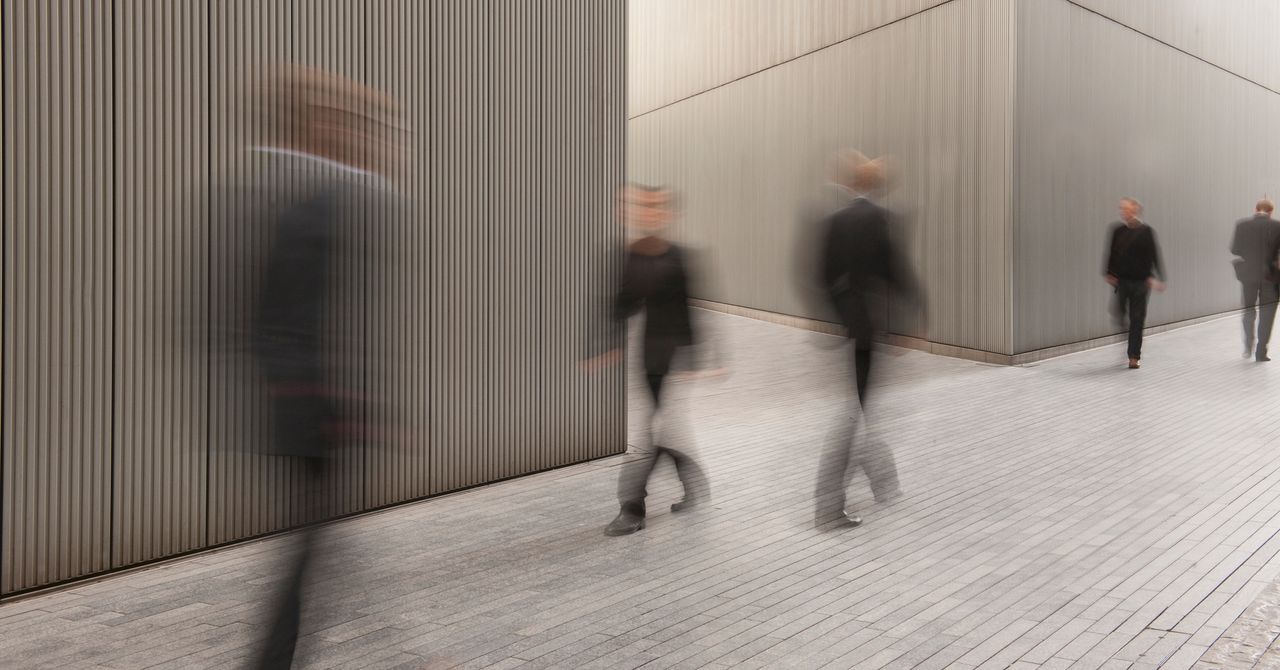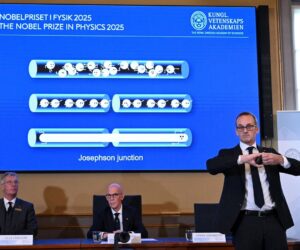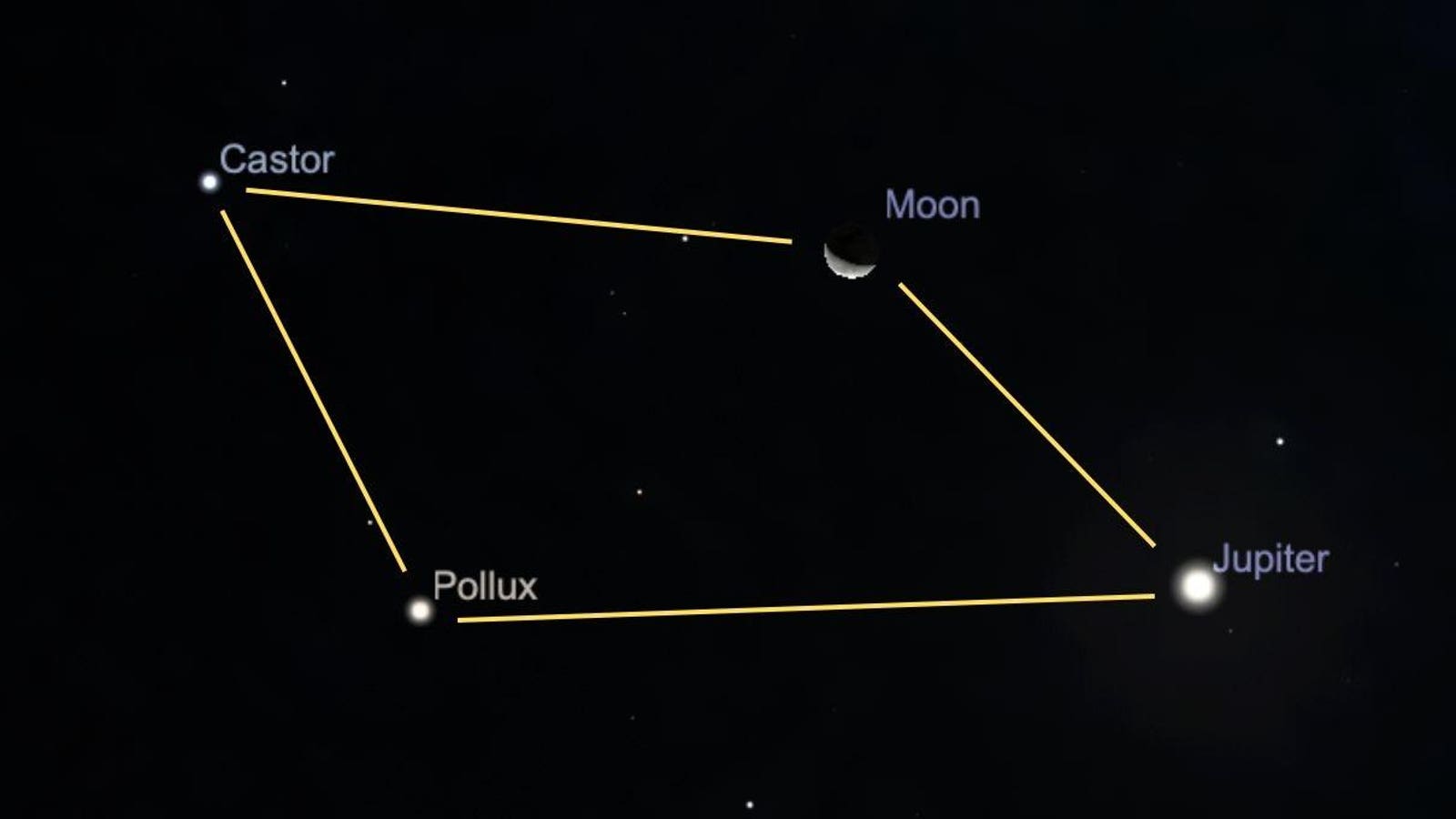We walk here, we walk there, we walk everywhere. Maybe you’re headed to work or to lunch in a busy city. You’re expending energy, and the exercise is good for you. But what if, on top of that, we could recapture all that freely supplied energy and convert it to usable electricity?
This is a real thing. Systems have been installed in dozens of countries. Check out this video. And why stop there? You could put them in discotheques and harness that fancy footwork to power the strobe lights. Or build them into playground hopcotch grids. When you start thinking about it, the possibilities are endless.
But how does it work? And how much power can it generate? Obviously one person wouldn’t make much difference, but convert the teeming sidewalks of New York and you might really have something. Could we put this all over the world and stop using fossil fuels? Let’s find out!
Follow the Bouncing Ball
First we need a model of a walking human. No sweat, right? Walking is so easy a 1-year-old can do it. Well, actually, bipedal locomotion is horribly complicated from a physics perspective. Seriously, if you had to learn to walk from a physics model, you’d still be in a stroller. So let’s start with something simpler: a bouncing ball.
Believe it or not, this is a pretty good analogy. We can see immediately that there are three types of energy involved: kinetic energy, gravitational potential energy, and spring potential energy.
Kinetic energy has to do with the motion of an object—the faster it’s moving, the more kinetic energy it has. If you take a ball and drop it, it will accelerate downward, which means its kinetic energy is increasing. But where did that extra energy come from?
Answer: It’s stored in the gravitational field. This is gravitational potential energy. The amount depends on the strength of the field (g = 9.8 newtons per kilogram on Earth), the mass of the object, and how high above the ground it is. As a ball falls, the gravitational potential energy decreases and the kinetic energy increases.
Right there you can see something very powerful. We call it conservation of energy. This says that if we have a system with no energy inputs or outputs—what’s called a closed system—the energy can change form, but the total amount of energy remains constant.
Finally, we have spring potential energy. This is the energy stored in an elastic object when it’s compressed. When the ball hits the ground, it deforms and stops. If you had a high-speed camera you’d see it flatten out for a split second as the kinetic energy is converted to spring energy.
Then the ball rebounds to regain its shape. The spring potential energy is converted back to kinetic energy in the opposite direction and the ball trampolines upward. Here’s what it looks like:
Animation: Rhett Allain









